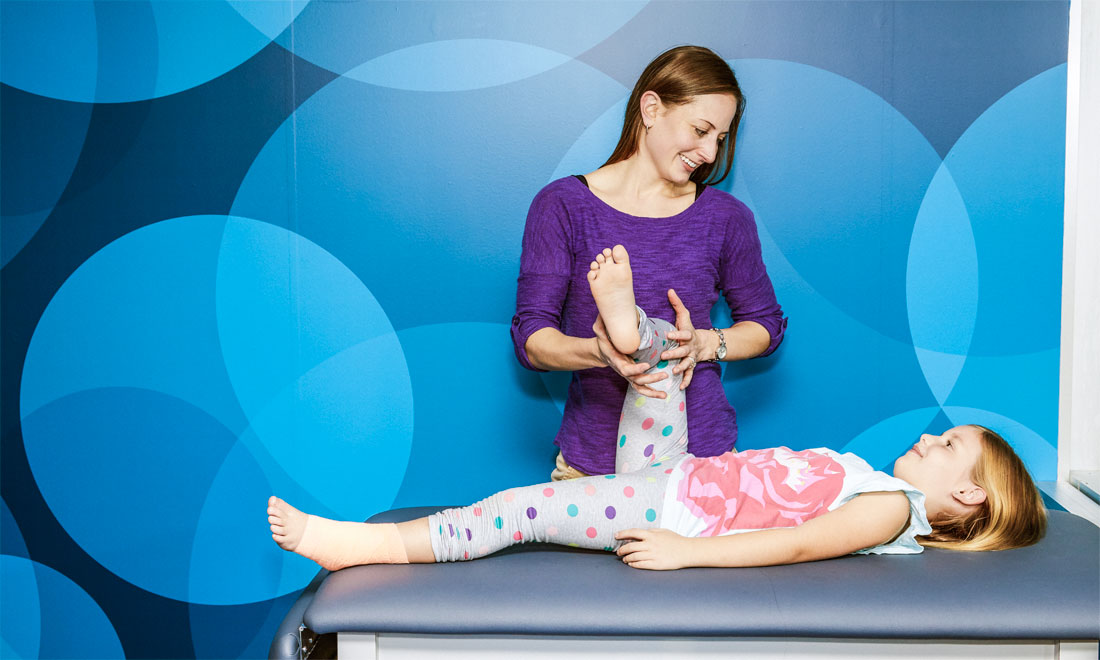The Crucial Effect of Resistance Training on Improving Rehabilitation and Performance in Athletic Rehabilitation
The Crucial Effect of Resistance Training on Improving Rehabilitation and Performance in Athletic Rehabilitation
Blog Article
Strength conditioning plays a vital part in sports rehabilitation, helping athletes recover from traumas and improve their overall performance. When an individual gets hurt, their body requires period to recover. However, during this recovery phase, it is essential to maintain strength and flexibility to prevent additional injuries. Resistance training can be customized to suit the needs of each individual, focusing on particular muscular groups that may have been impacted by the injury. This focused approach not only assists in recovery but also prepares the athlete to return to their sport stronger than before.
One of the primary benefits of resistance training in rehabilitation is its ability to improve muscle power and endurance. When muscular tissues are stronger, they can more effectively stabilize joints and minimize the risk of recurrence of injury. For instance, an athlete healing from a knee trauma can benefit from workouts that strengthen the thigh muscles and back thigh muscles. These muscles play a crucial role in stabilizing the leg joint. By including strength conditioning into their rehabilitation plan, individuals can regain their power more efficiently and safely.
In furthermore to building power, resistance training also improves flexibility and scope of motion. Many traumas can result to stiffness in the injured area, making it challenging for athletes to navigate easily. Resistance training workouts often include stretching and elongating the muscles, which can help reestablish flexibility. For example, adding resistance straps or dumbbells into stretching programs can enhance the effectiveness of these workouts. As flexibility improves, individuals can perform movements more effectively, which is essential for optimal capabilities in their sport.
Another important aspect of strength conditioning in sports rehabilitation is its positive impact on mental well-being. Healing from an trauma can be a challenging and frustrating process for individuals. Participating in strength training can offer a sense of accomplishment and enhance self-esteem. As athletes see improvements in their strength and capabilities, they may experience more motivated to continue their rehabilitation journey. This mental uplift can be just as crucial as the bodily rehabilitation exercises for runners benefits, as a optimistic mindset can result to improved outcomes in rehabilitation.
Finally, resistance conditioning can help individuals move back to their sport more smoothly. Once they have recovered their power and flexibility, athletes must to rehearse activity-specific movements to ensure they are prepared for competition. Strength conditioning can be combined with sport-specific exercises to create a holistic rehabilitation plan. This blend allows athletes to not only recover but also improve their performance. By focusing on both recovery and performance, resistance training becomes an essential tool in the recovery process, helping individuals return to their sport more robust and more resilient.